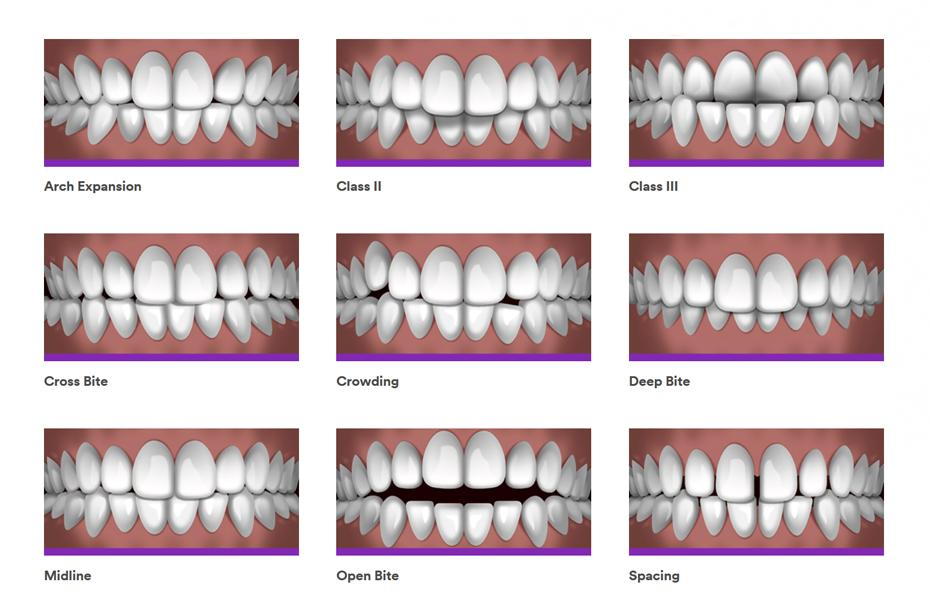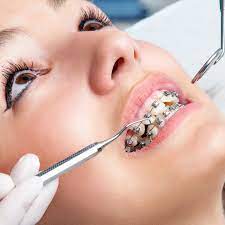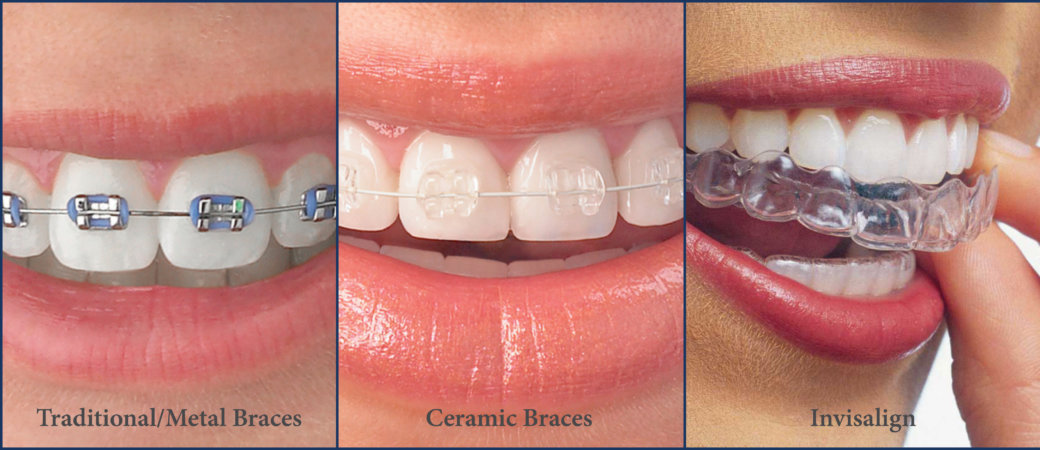Our Causey Orthodontics Diaries
Our Causey Orthodontics Diaries
Blog Article
Causey Orthodontics Things To Know Before You Buy
Table of ContentsThe Ultimate Guide To Causey OrthodonticsCausey Orthodontics Can Be Fun For EveryoneIndicators on Causey Orthodontics You Need To KnowGetting The Causey Orthodontics To WorkLittle Known Facts About Causey Orthodontics.The Greatest Guide To Causey OrthodonticsThe 7-Minute Rule for Causey Orthodontics
What is the distinction in between a dental expert and an orthodontist? To address a concern that is typically asked, both dental professionals and orthodontists aid patients acquire much better dental health, albeit in different means. It aids to bear in mind that dental care is a rather wide scientific research with various medical field of expertises. All dental professionals, including orthodontists, treat the teeth, periodontals, jaw and nerves.
You can think of both physicians who deal with gum and teeth problems. The main distinction is that becoming an orthodontist requires a specific specialty in dealing with the imbalance of the teeth and jaw.
The Best Guide To Causey Orthodontics
An orthodontist is a dentist that has actually gone through training to specialize in the diagnosis, avoidance and treatment of abnormalities in the jaw and teeth. They can additionally identify possible troubles in teeth positioning that may create when conditions are left untreated (orthodontist expert).
This includes all the essential education and learning to become a general dentist. According to the American Trainee Dental Organization (ASDA), it indicates you will require to have either a Medical professional of Medicine in Dentistry (DMD) or a Physician of Oral Surgery (DDS). In various other words, orthodontists need to complete oral school and after that acquire an orthodontics specialty education and learning.
Some orthodontists likewise get their masters in craniofacial biology. These programs focus on two particular areas or self-controls: Dentofacial Orthopedics: This study concentrates on assisting teeth and jaw advancement.
The 10-Second Trick For Causey Orthodontics

 The overall goal of an orthodontist is to boost an individual's bite. Not every person is born with straight teeth, and an orthodontist will guarantee that individuals obtain evenly spaced straight teeth.
The overall goal of an orthodontist is to boost an individual's bite. Not every person is born with straight teeth, and an orthodontist will guarantee that individuals obtain evenly spaced straight teeth.
Getting The Causey Orthodontics To Work
The American Organization of Orthodontists suggests your very first check up by age 7. You'll need to see your orthodontist if you have an imbalance in your teeth, also called malocclusion. If you notice irregular bite patterns, a somewhat misshapen jaw, or when your teeth are jammed, you will likely need orthodontic treatment.
In enhancement, we supply flexible treatment timetables, flexible settlement alternatives and an enjoyable, enjoyable experience.
An orthodontist is a dentist educated to diagnose, prevent, and deal with teeth and jaw irregularities. Orthodontists function with people of all ages, from kids to adults (https://www.resimupload.org/causeyortho7).
Things about Causey Orthodontics
Malocclusion, or misaligned teeth, can cause dental issues, consisting of tooth degeneration, periodontal condition, and difficult or painful eating. However not every person is born with straight teeth. If you have a bad bite or large rooms between your teeth, you may wish to get in touch with a dental practitioner specializing in orthodontic treatment.
(Picture Credit Report: DigitalVision/Getty Images) Orthodontists utilize repaired and detachable oral devices, like braces, retainers, and bands, to alter the placement of teeth in your mouth. Orthodontic treatment is for dental problems, including: Uneven teethBite troubles, like an overbite or an underbiteCrowded teeth or teeth that are as well far apartJaw misalignmentThe objective of orthodontic treatment is to improve your bite.
Causey Orthodontics Fundamentals Explained

, however not all dentists are orthodontists. They concentrate on 2 areas: Exactly how to appropriately and securely relocate teeth How to properly direct development in the teeth, jaw, and faceOnce an orthodontist has finished training, they have the option to become board accredited.
Malocclusion leads to tooth overcrowding, an askew jaw, or uneven bite patterns. Malocclusion is normally treated with: Your orthodontist affixes steel, ceramic, or plastic square bonds to your teeth.
Causey Orthodontics Fundamentals Explained
If you have just small malocclusion, you might have the ability to use clear dental braces, called aligners, rather than typical braces. Some individuals require a headgear to help relocate teeth into line with pressure from outside the mouth. After dental braces or aligners, you'll need to wear a retainer. A retainer is a custom device that keeps your teeth in position.
Report this page